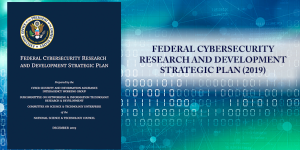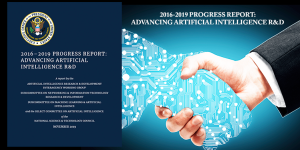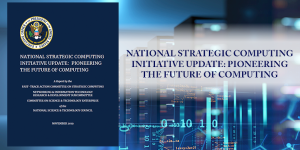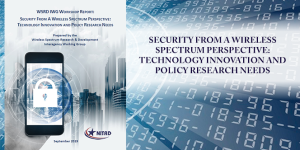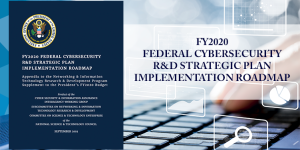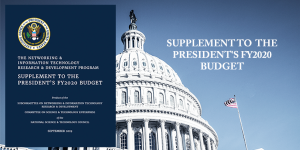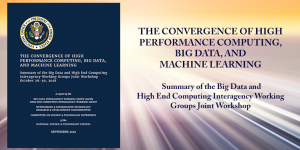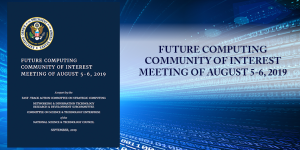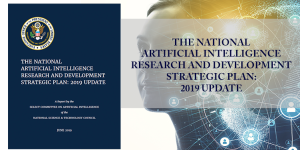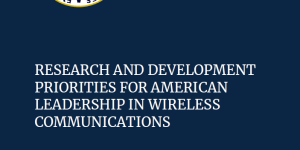FEDERAL CYBERSECURITY RESEARCH AND DEVELOPMENT STRATEGIC PLAN (2019)
Information technology (IT) provides exceptional benefits to society. However, the more society relies on IT, the greater the potential disruption and destruction that adversaries can create via malicious cyber activities. Advances in cybersecurity are urgently needed to preserve the Internet’s social and economic benefits—as well as the security of the Nation and its online commercial and public infrastructure – by thwarting adversaries and strengthening public trust in cyber systems.


